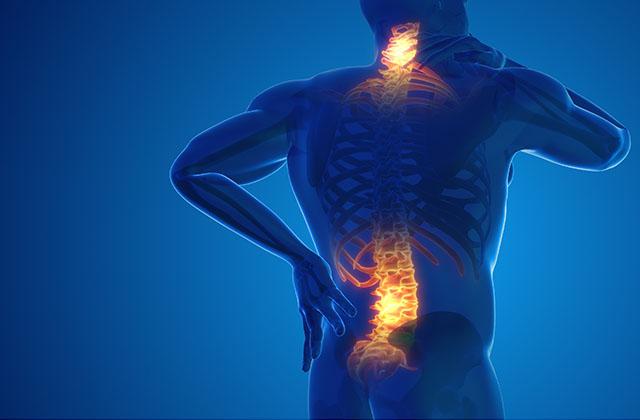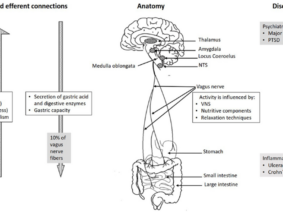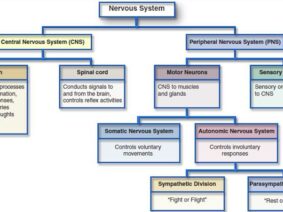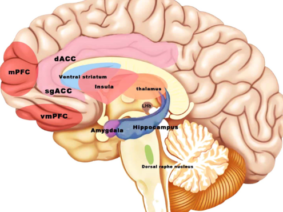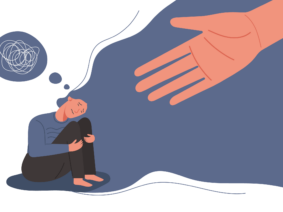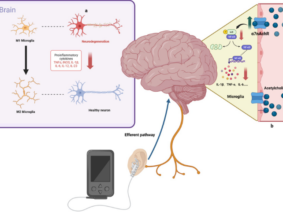Chronic pain, an intricate and often debilitating condition, has long posed challenges to both patients and healthcare professionals. With conventional treatments often falling short in providing comprehensive relief, alternative approaches are emerging to offer new possibilities for managing chronic pain. Among these innovations, Auricular Vagus Nerve Stimulation (AVNS) has emerged as a groundbreaking technique with the potential to revolutionize chronic pain management. Recent studies have delved into the benefits of AVNS, shedding light on its efficacy in alleviating pain, enhancing physical function, and improving overall quality of life for individuals grappling with chronic pain.
Auricular Vagus Nerve Stimulation: A Glimpse into its Mechanism
Auricular Vagus Nerve Stimulation centers around the principle of modulating pain perception and promoting healing by targeting the vagus nerve through stimulation of the auricle (ear). The vagus nerve, a prominent component of the parasympathetic nervous system, plays a crucial role in regulating various bodily functions, including pain modulation, inflammation control, and stress response. By accessing this nerve through the auricle, AVNS taps into the body’s intricate neural network, offering a novel and promising avenue for pain relief.
Empowering Recovery in Chronic Neck Pain
In a groundbreaking study conducted by Torlak (2022), titled “The Effect of Auricular Vagus Stimulating on Pain Disability and Sleep in Non-Specific Chronic Neck Pain,” the potential of AVNS in addressing non-specific chronic neck pain was explored. The study yielded significant findings, demonstrating that auricular vagus stimulation not only reduced pain levels but also bolstered muscle strength and improved joint range of motion. Moreover, AVNS exhibited positive effects on neck disability and sleep patterns, enhancing the overall quality of life for participants. The comparison with conservative treatment highlighted a notable improvement in extensor muscle strength and neck disability within the vagus stimulation group. This study signifies that AVNS stands as a safe and viable alternative or complementary therapy for individuals grappling with non-specific neck pain.
Unveiling Triumph Over Chronic Low Back Pain
In another illuminating study led by Demircioğlu (2023), titled “Comparison of the Effectiveness of Auricular Vagus Nerve Stimulation and Conventional Low Back Rehabilitation in Patients with Chronic Low Back Pain,” the efficacy of AVNS in managing chronic low back pain was rigorously evaluated. The results indicated that auricular vagus stimulation outperformed conventional rehabilitation in multiple dimensions. Participants receiving AVNS experienced superior pain relief, extended trunk flexor endurance time, enhanced flexor and extensor muscle strength, and improved functional status, all contributing to a better quality of life. Notably, AVNS also exhibited positive effects on depression levels and sleep patterns. However, while AVNS excelled in various aspects, conventional rehabilitation held its ground in certain parameters related to lower extremity muscle strength and fall risk scores. This study implies that AVNS presents a potent addition to the therapeutic arsenal for chronic low back pain, particularly when conventional physical therapy proves insufficient.
Illuminating New Horizons for Pain Management
In light of these studies, it becomes evident that Auricular Vagus Nerve Stimulation is not merely a novel concept but a potential game-changer in the realm of chronic pain management. The compelling findings of Torlak’s and Demircioğlu’s studies show the transformative impact of AVNS on pain reduction, physical function enhancement, and the overall well-being of individuals living with chronic pain. As research in this field continues to evolve, the promise of AVNS as a valuable tool in the fight against chronic pain grows brighter. With its ability to leverage the body’s natural neural pathways, AVNS presents an exciting avenue for healthcare professionals and patients alike to navigate toward a future of improved pain relief and enhanced quality of life.
References
